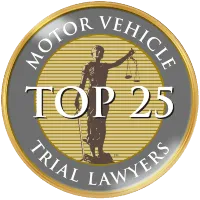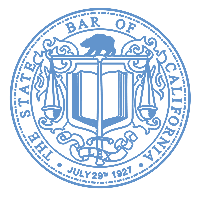As confirmed by the Federal Railroad Administration Department, 2,195 vehicles collided with a train at highway-railroad crossings in the year 2022. 274 people died from those collisions, while 810 more were severely injured. The number of collisions in 2020 and 2021 were 1,902 and 2,148 respectively. The number of injuries from those accidents was logged at 698 and 683 for the years 2020 and 2021 respectively. Suffice it to say that the risk of personal injury, property damage, and death is certainly not negligible right now.
What Can Drivers Do to Prevent Highway-Railroad Crossing Accidents?
Common safety tips to prevent railroad-car accidents include but are not limited to the following suggestions.
- Do not stop, slow down too much, or brake while the car is still on the tracks.
- Consider lowered gates barriers and don’t attempt to drive around them.
- Objects in the side view mirror are often closer than the driver estimates, which can be deadly for a driver trying to race the train and beat it to the crossing.
- If a vehicle gets caught on the tracks and it cannot be moved, get out immediately and ensure everyone else in the car is also out and off the tracks.
- Look for the emergency number, which should be posted nearby, call it immediately and let the authorities know about the situation.
- Same as crossing the road, always look both ways and keep your ears open before getting on the tracks and crossing it.
Are Car Drivers at Fault in Most Railroad Accidents?
In a majority of railroad-highway accidents, investigations conclude that it’s the driver who was at fault. This is because trains are at a significant disadvantage when it comes to maneuverability or stopping. Even if the train driver spots a vehicle from far away, they cannot maneuver around the vehicle for obvious reasons, and a quick stop could endanger the lives of everyone onboard the train.
Therefore, vehicle driver caution is by far the best and most practical way to shrink the number of railroad car accidents. However, that does not mean all cases of train-car crashes are universally the driver’s fault. Faulty signals, broken signage, lack of or faulty signal bar/gate, and the train driver’s failure to sound the horn in time can all contribute to such accidents.
Injured at a Railroad Crossing: What are Your Options?
Getting injured at a railroad crossing can make you feel like you are in a helpless position, but that’s not quite true. There have been both personal injury and wrongful death cases related to railroad crossing accidents, which were awarded in the victim’s favor. If the train company, the authorities in charge, or anyone else was at fault, there is no reason to believe you don’t have a winning case either.
Our attorneys at the Binder Law Group do not charge for any personal injury case that they don’t win for their clients, but they do have a very good track record of winning them all the same.
You will find us in our Encino, California office at:
16633 Ventura Blvd. #602 Encino, CA 91436.
Call now for a free consultation on (818) 659-8588.











